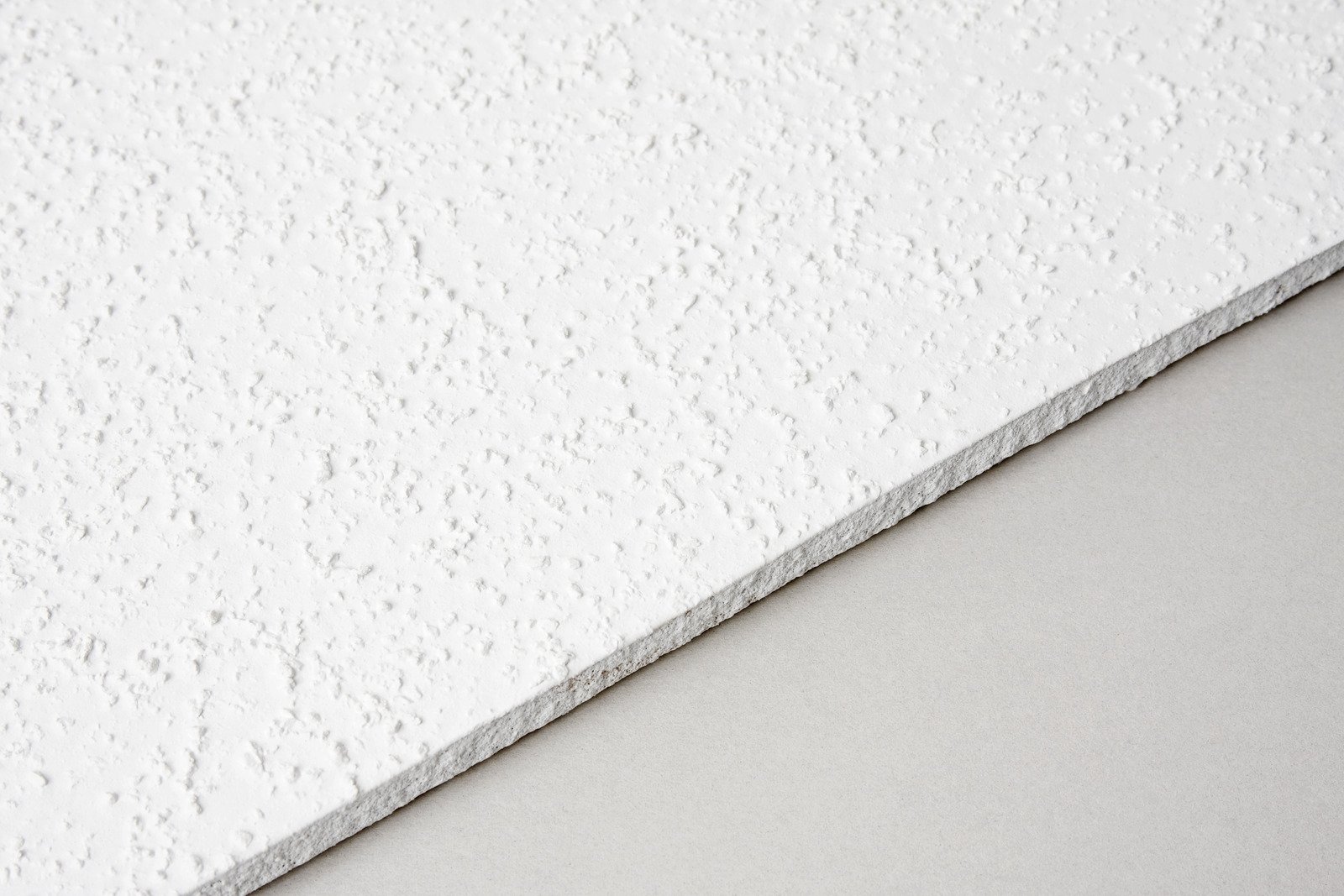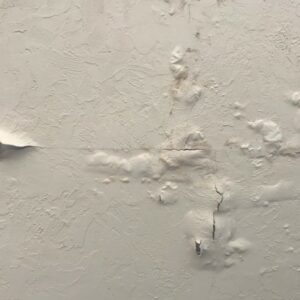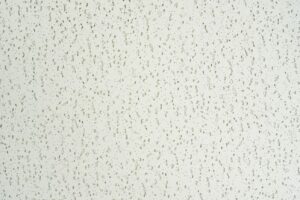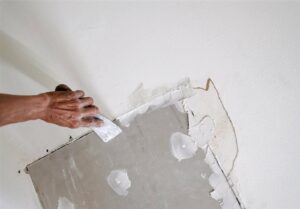Textures on drywall can greatly improve an interior space’s aesthetic appeal. From adding visual interest to hiding imperfections, each drywall texture offers unique advantages and disadvantages. When selecting the ideal finish for their projects, professionals and homeowners can make more informed selections if they are aware of these. That’s the reason professionals from Drywall Medic have amazing knowledge regarding different drywall texture. Here’s an in-depth look at the pros and cons of various drywall textures.
Smooth Finish
A smooth finish is achieved by applying and sanding multiple layers of joint compound until the surface is perfectly flat.
Pros:
- Modern Style: Minimalist and contemporary designs look best with smooth finishes. They offer a sleek, uncluttered look that goes well with contemporary furnishings.
- Versatility: From matte to high gloss, this surface accommodates a broad spectrum of paint styles and finishes.
- Simpler Repairs: On smooth surfaces, small damages like dents and scratches are simpler to fix.
Cons:
- Visible Imperfections: Precise application is necessary for smooth surfaces. Any flaws in the installation of the drywall are readily apparent.
- Work-intensive: It takes time and several sanding and recoating procedures to achieve an ideal, smooth surface.
Orange Peel Texture
Orange peel texture is achieved by spraying a thin layer of joint compound onto the drywall surface, creating a subtle, dimpled effect resembling the skin of an orange.
Pros:
- Versatile: Suitable for both walls and ceilings, it works well in various room types.
- Simple Application: If you have the appropriate tools, applying is a rather simple process.
- Hides Imperfections: The texture aids in hiding small drywall flaws.
Cons:
- Repair Visibility: Repairs can be noticeable if not blended correctly with the existing texture.
- Not for All Styles: It may not fit well with very modern or formal interior designs.
Popcorn Texture
A mixture of joint compound and Styrofoam or other materials is sprayed over the ceiling to create the popcorn texture, sometimes referred to as the acoustic or cottage cheese texture. This type of ceiling finish was especially popular in the mid-20th century due to its ability to hide imperfections and absorb sound. While popcorn ceilings are less common today, many homeowners consider removing or modernizing them as part of their home improvement tips and ideas. Whether opting for a complete removal or simply painting over the texture, tackling these ceilings can significantly refresh the look of a space.
Pros:
- Sound Absorption: The texture effectively dampens sound waves and lowers noise levels in a space.
- Hides Imperfections: The popcorn texture of the drywall does a good job of hiding flaws and small discrepancies.
- Retro Appeal: Having a nostalgic appearance, it is common in residences from the mid-1900s.
Cons:
- Tough to Clean: It can be challenging to clean due to the uneven surface’s tendency to gather dust and cobwebs.
- obsolete Appearance: Popcorn ceilings are viewed by many as obsolete, which detracts from a home’s charm.
- Asbestos Risk: It may be necessary to have asbestos removed professionally from older popcorn textures.
Knockdown Texture
Knockdown texture involves spraying joint compound and then “knocking down” the peaks with a trowel to create a flattened, mottled effect.
Pros:
- Aesthetic Appeal: Provides a visually interesting, textured look that adds character to a room.
- Hides Imperfections: Like orange peel, it effectively covers minor drywall flaws.
- Durable: The texture is robust and less likely to show wear and tear.
Cons:
- Application Skill: Requires some skill to apply evenly and achieve the desired effect.
- Repair Challenges: Matching the texture during repairs can be difficult.
Sand Swirl Texture
Sand swirl texture is created by applying a mixture of sand and joint compound in a swirling pattern with a brush or trowel.
Pros:
- Unique Appearance: Provides a decorative, swirling pattern that adds visual interest.
- Texture Variety: Can be customized with different swirl patterns and densities.
- Covers Imperfections: Effective at hiding minor flaws in the drywall.
Cons:
- Complex Application: Requires skill and patience to create an even, attractive pattern.
- Difficult Repairs: Repairing and blending the texture can be challenging.
Stomp Brush Texture
Stomp brush texture involves applying joint compound and then using a brush to “stomp” patterns into the wet compound.
Pros:
- Decorative: Offers a unique, artistic pattern that adds character to walls and ceilings.
- Conceals Imperfections: Good at hiding drywall flaws.
- Variety: Patterns can be customized based on the type of brush and technique used.
Cons:
- Application Skill: Requires some skill and practice to achieve a consistent look.
- Difficult Repairs: Matching the pattern during repairs can be challenging.
Slap Brush Texture
Slap brush texture is made by slapping a brush coated with joint compound onto the drywall, creating a random pattern of peaks and valleys.
Pros:
- Easy to Apply: The technique is relatively simple and can be done with basic tools.
- Interesting Look: Provides a textured, dynamic appearance that can enhance a room’s aesthetics.
- Hides Flaws: Effective at concealing imperfections in the drywall surface.
Cons:
- Cleaning Issues: The textured surface can be difficult to clean.
- Repair Visibility: Repairs can be noticeable if not blended well with the existing texture.
Conclusion
Choosing the right drywall texture depends on several factors, including the desired aesthetic, the condition of the drywall, the room’s purpose, and the skill level required for application and repair. Some textures, like smooth finishes, offer a sleek, modern look but may highlight imperfections, while others, such as knockdown or orange peel, can help mask flaws and add visual interest. It’s important to consider whether you’re comfortable applying and maintaining the texture yourself or if the complexity of the design might necessitate hiring a professional texture repair service for long-term upkeep. Ultimately, the choice should balance practicality, style, and the level of maintenance you’re prepared to manage over time. Additionally, before committing to a specific texture, evaluate the importance of drywall repair in maintaining the overall appearance and longevity of the finish. Ensuring the drywall is properly prepped and free of damage can significantly impact the final outcome, as even the most intricate textures can’t hide significant flaws. Taking the time to address repairs beforehand can save both time and effort in the long run, ensuring a polished and durable result. Additionally, different textures may perform better in specific environments, such as high-moisture areas or spaces with heavy foot traffic, so it’s crucial to choose a style that complements the room’s functionality. The importance of drywall repair cannot be overstated, as neglecting underlying issues can compromise both the texture’s appearance and its durability over time. By prioritizing proper repair and preparation, you can enhance the longevity of your chosen texture and ensure it aligns seamlessly with your overall aesthetic vision.
Whether you’re aiming for a smooth, contemporary finish or a textured, decorative surface, understanding the pros and cons of each option will help you achieve the best results for your project. And for the better result you should consider our professionals from Drywall Medic, if you want to hire them then contact details for Drywall Medic is as follows. Their expertise ensures high-quality workmanship and attention to detail, tailored to suit your unique style and preferences. By partnering with Drywall Medic, you can explore a variety of cool drywall ideas for homes, ranging from creative accent walls to innovative ceiling designs. Transform your living spaces with designs that not only look stunning but also add value and personality to your home. Whether you’re aiming for a smooth, contemporary finish or a textured, decorative surface, understanding the pros and cons of each option will help you achieve the best results for your project. And for the better result you should consider our professionals from Drywall Medic. If you want to hire them then contact details for Drywall Medic is as follows. Additionally, taking into account factors like Victoria’s climate impact on drywall is essential, as fluctuations in humidity and temperature can affect the material’s durability and appearance over time. By entrusting your project to experienced experts, you’ll ensure the finished product not only looks flawless but is also equipped to withstand environmental challenges. Our skilled team is equipped with the expertise to walk you through the drywall finishing stepbystep process, ensuring every stage is executed with precision and care. From initial preparation to the final coat, we focus on delivering a flawless finish tailored to your specific needs. Trust Drywall Medic to transform your vision into reality with professional results that stand the test of time. Drywall Medic offers expert advice and services tailored to your unique needs, ensuring a flawless outcome every time. If you’re new to home improvement and looking to tackle drywall installation for beginners, their team can guide you through the process or take over to guarantee professional results. Whether it’s a minor repair or a full-scale installation, Drywall Medic is here to make your vision a reality. With Drywall Medic, you’ll receive not only exceptional craftsmanship but also guidance and support throughout the entire process, making your home improvement journey seamless and stress-free. For those new to DIY projects, finishing drywall for beginners can be daunting, but their experienced team simplifies the steps, ensuring even first-timers feel confident in achieving polished results. Whether you’re seeking expert assistance or just need a helping hand, Drywall Medic is your trusted partner for all your drywall needs. Whether you’re upgrading a single room or renovating your entire home, understanding the different types of drywall for homes can make all the difference in achieving a durable and aesthetically pleasing result. From moisture-resistant boards for bathrooms to soundproof options for media rooms, Drywall Medic can guide you in selecting the right materials to suit your space and functionality needs. Let their expertise and creativity turn your dream home into a beautifully crafted reality. With years of experience in the industry, the team at Drywall Medic is dedicated to providing solutions that perfectly align with your project’s requirements and aesthetic goals. For those venturing into DIY projects, their expert drywall installation tips for beginners can make the process less daunting and more efficient, ensuring a successful outcome. Whether you decide to take on the challenge yourself or leave it to the professionals, Drywall Medic is committed to delivering results that exceed your expectations. Drywall Medic not only delivers exceptional results but also provides valuable insights to help you better understand the drywall installation process. Their team takes the time to address your questions and concerns, ensuring you’re confident and informed every step of the way. Trust their expertise to handle every detail with precision, leaving you with a space that reflects your style and stands the test of time. With their innovative approach and commitment to excellence, Drywall Medic ensures each project is tailored to meet your specific needs, blending functionality with aesthetic appeal. Whether you’re seeking practical solutions or exploring creative drywall ideas for your home, their team is dedicated to delivering results that elevate your living spaces. Trust Drywall Medic to combine expertise with creativity, turning your vision into a lasting reality.
- Victoria, BC: #136 – 2936 Amy Rd, Victoria, BC, V9B 0B2, Contact Number- 250-880-8849,
- Vancouver, BC: 6894 192 St, Surrey, BC V4N 0B7, Contact Number- 604-913-4656




